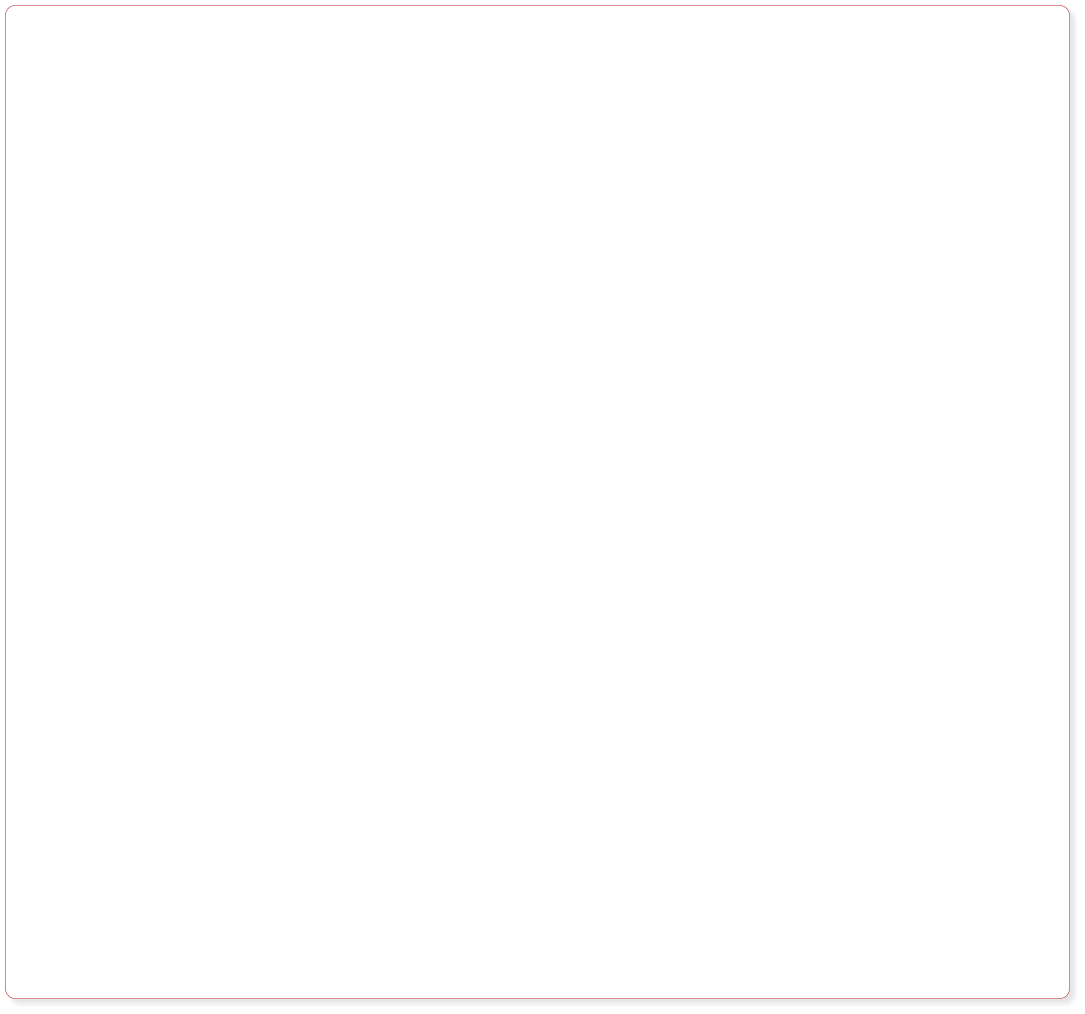


© Website by Tooling Research Inc.

It is easy for the designer to get carried away with details of a component in the design process.
One of the things a machinist often sees is the addition of very small chamfers on parts where the engineer or designer is attempting to show a
requirement for edge breaks, sometimes referred to as eased edges.
Simply put this means no sharp edges and in the machine shop world these are very often hand filed, sanded, or otherwise deburred.
In this case, it is better if the designer omits the feature from the part entirely and instead provides a notation on the drawing itself detailing this
requirement. This is because most machine shops use some form of CAM (computer aided Manufacturing) program to create your parts and very
often picking the correct face or edges can be difficult when very small chamfer or fillet features are included on the model. Often times the program
will use a face feature to create a perimeter which means that the part could be machined right to that feature size making it smaller by the amount
of the chamfer or fillet callout.
In short the designer should be considering these things.
* Can the feature in this model be machined using conventional methods and tooling?
* Do the tools required to make this part or feature exist, or are they custom?
* Are there features on this part that make it easy to hold during the machining process, or will special fixturing or anchor material be needed?
* Can I eliminate unnecessary fillets chamfers etc in order to make this part less expensive, or do I need to have them?
* Have I added unnecessary draft angles?
* Have I avoided designing internal reverse angles or drafts in blind pockets?
* Did I remember to avoid sharp inside corners where ever possible?
This article is not meant to be a primer in the art of machining as much as it is meant to point out just a few of the problems faced by the machinist.
Hopefully this will provide some insight into ways to make your designs more economical to manufacture.
Whenever you have a question regarding the feasibility of your design from a machining standpoint, call on your local machine shop. Most will be
happy to make suggestions and give advice on practical machining matters. Ultimately you, the engineer or designer, will be the one to determine
what your final part will look like. Very often a few simple tweaks of a design can save thousands of dollars for you and your company.
Milton Florest
President
Tooling Research Inc.
81 Diamond St.
Walpole, MA 02081
508 668 1950
Website www.tooling-research.com
Think like a machinist when creating solid models page 7
PAGE 7



© Website by Tooling Research Inc.

Think like a machinist when creating solid models page 7
PAGE 7
It is easy for the designer to get carried away with
details of a component in the design process.
One of the things a machinist often sees is the addition of
very small chamfers on parts where the engineer or
designer is attempting to show a
requirement for edge breaks, sometimes referred to as
eased edges.
Simply put this means no sharp edges and in the machine
shop world these are very often hand filed, sanded, or
otherwise deburred.
In this case, it is better if the designer omits the feature
from the part entirely and instead provides a notation on
the drawing itself detailing this
requirement. This is because most machine shops use
some form of CAM (computer aided Manufacturing)
program to create your parts and very
often picking the correct face or edges can be difficult
when very small chamfer or fillet features are included on
the model. Often times the program
will use a face feature to create a perimeter which means
that the part could be machined right to that feature size
making it smaller by the amount
of the chamfer or fillet callout.
In short the designer should be considering these
things.
* Can the feature in this model be machined using
conventional methods and tooling?
* Do the tools required to make this part or feature exist,
or are they custom?
* Are there features on this part that make it easy to hold
during the machining process, or will special fixturing or
anchor material be needed?
* Can I eliminate unnecessary fillets chamfers etc in order
to make this part less expensive, or do I need to have
them?
* Have I added unnecessary draft angles?
* Have I avoided designing internal reverse angles or drafts
in blind pockets?
* Did I remember to avoid sharp inside corners where ever
possible?
This article is not meant to be a primer in the art of
machining as much as it is meant to point out just a few of
the problems faced by the machinist.
Hopefully this will provide some insight into ways to make
your designs more economical to manufacture.
Whenever you have a question regarding the feasibility of
your design from a machining standpoint, call on your local
machine shop. Most will be
happy to make suggestions and give advice on practical
machining matters. Ultimately you, the engineer or
designer, will be the one to determine
what your final part will look like. Very often a few simple
tweaks of a design can save thousands of dollars for you
and your company.
Milton Florest
President
Tooling Research Inc.
81 Diamond St.
Walpole, MA 02081
508 668 1950
Website www.tooling-research.com

















